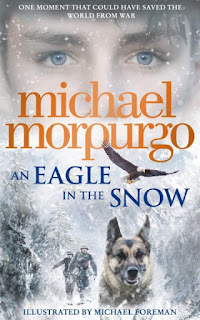Helping Student Writers Overcome Output Issues

Understanding Writers With Output Issues Unfortunately kid blamers still exist in some schools. They rationalize the events in their classrooms by informing everyone that certain students are lazy, unmotivated, disengaged. While that may be the individual's perception, the critical question that begs answering is ‘why?’ If a student appears reluctant to write, to read, to participate in general classroom activities- that needs to be explored. It may be an issue external to the classroom, It may also be an issue related to the classroom, or teaching style. Either way, to simply blame the student falls well short of professional responsibility. This issue of output failure is explored in 'The Myth of Laziness' by Mel Levine. Levine argues the desire to be productive is universal but that drive can be frustrated by dysfunction that inhibits optimal output or productivity. Levine explains that difficulties associated with writing are far and away the most telling sign of out...








